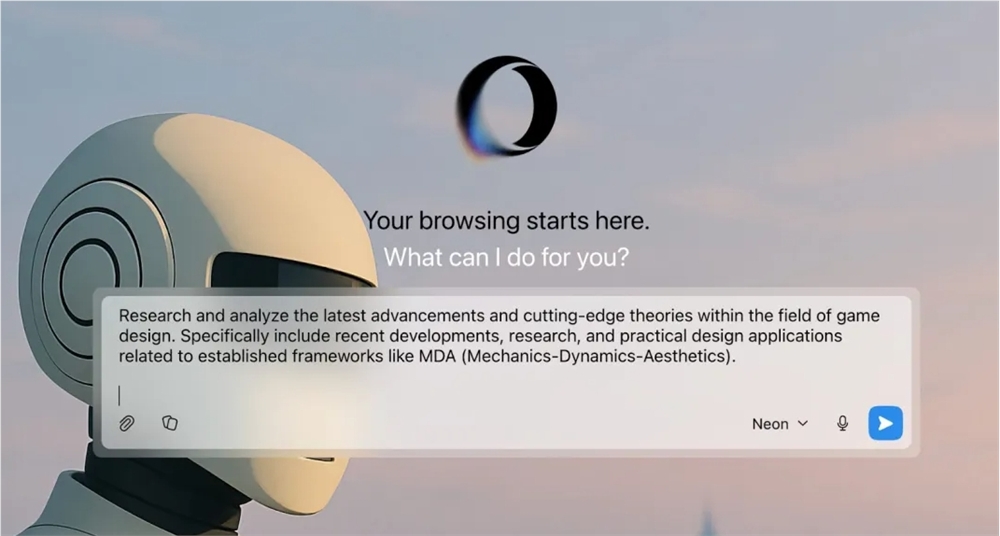Recently, Google Research released the innovative "Titans" series model architecture, achieving a groundbreaking context length of 2 million tokens through biomimetic design, and plans to open source related technologies in the future.
The core innovation of this architecture lies in the introduction of deep neural long-term memory modules, inspired by the human memory system. Titans cleverly combines the quick response capabilities of short-term memory with the persistence characteristics of long-term memory, while employing attention mechanisms to handle immediate context, forming an efficient information processing system.

According to Google, Titans has demonstrated significant advantages in long sequence processing tasks. Whether in language modeling or time series prediction, this architecture has achieved breakthrough progress. Notably, in certain application scenarios, Titans has even surpassed models like GPT-4, which have dozens of times more parameters.
With Google's commitment to open source related technologies, the emergence of Titans may bring new directions for long text processing in the AI field. This innovative design, which integrates principles of biological intelligence, showcases the potential to enhance processing efficiency while reducing model parameter counts.








